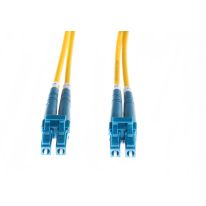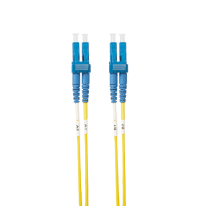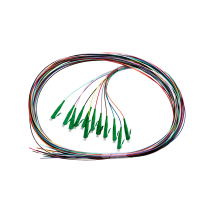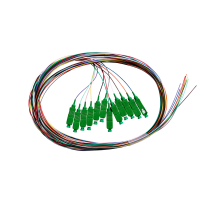-
SaleSKU: FL.OS2LCLC05M 0.5m LC-LC OS1 / OS2 Singlemode Fibre Optic Cable | Yellow
Single Pack
Special Price $13.55 $11.78 Regular Price $15.05 $13.09In stock
-
SaleSKU: FL.OS2LCLC1.5M 1.5m LC-LC OS1 / OS2 Singlemode Fibre Optic Cable | Yellow
Single Pack
Special Price $14.63 $12.72 Regular Price $16.25 $14.13In stock
-
SaleSKU: FL.OS2LCLC10M 10m LC-LC OS1 / OS2 Singlemode Fibre Optic Cable | Yellow
Single Pack
Special Price $26.68 $23.20 Regular Price $29.65 $25.78In stock
-
SaleSKU: FL.OS2LCLC1M 1m LC-LC OS1 / OS2 Singlemode Fibre Optic Cable | Yellow
Single Pack
Special Price $14.18 $12.33 Regular Price $15.76 $13.70In stock
-
SaleSKU: FL.OS2LCSC1M 1m LC-SC OS1 / OS2 Singlemode Fibre Optic Cable | Yellow
Single Pack
Special Price $14.18 $12.33 Regular Price $15.76 $13.70In stock
-
SaleSKU: FL.OS2LCSC2M 2m LC-SC OS1 / OS2 Singlemode Fibre Optic Cable | Yellow
Single Pack
Special Price $15.08 $13.11 Regular Price $16.76 $14.57In stock
-
SaleSKU: 015.012.1303 2m Fibre Pigtail LC/APC OS2/OS1 Singlemode | 12 Pack Rainbow
Pack of 12
Special Price $44.55 $38.74 Regular Price $49.50 $43.04In stock
-
SaleSKU: 015.012.4303 2m Fibre Pigtail SC/APC OS1/OS2 Singlemode | 12 Pack
Pack of 12
Special Price $45.91 $39.92 Regular Price $51.00 $44.35In stock
-
SaleSKU: FL.OS2LCLC2M 2m LC-LC OS1 / OS2 Singlemode Fibre Optic Cable | Yellow
Single Pack
Special Price $15.08 $13.11 Regular Price $16.76 $14.57In stock
-
SaleSKU: 015.012.7302 2m Fibre Pigtail ST OS1/OS2 Singlemode | 12 Pack
Pack of 12
Special Price $42.75 $37.17 Regular Price $47.50 $41.30In stock
-
SaleSKU: 015.012.1302 2m Fibre Pigtail LC OS1 / OS2 Singlemode | 12 Pack Rainbow
Pack of 12
Special Price $75.88 $65.98 Regular Price $84.31 $73.31In stock
-
SaleSKU: 015.012.4302 2m Fibre Pigtail SC OS1/OS2 Singlemode | 12 Pack
Pack of 12
Special Price $44.55 $38.74 Regular Price $49.50 $43.04In stock
-
SKU: FL.OS2LCSC3M 3m LC-SC OS2 Singlemode Fibre Optic Cable : Yellow
Single Pack
$18.25 $15.87In stock
-
SaleSKU: FL.OS2LCLC3M 3m LC-LC OS1 / OS2 Singlemode Fibre Optic Cable | Yellow
Single Pack
Special Price $16.42 $14.28 Regular Price $18.25 $15.87In stock
-
SaleSKU: FL.OS2LCLC5M 5m LC-LC OS1 / OS2 Singlemode Fibre Optic Cable | Yellow
Single Pack
Special Price $25.67 $22.32 Regular Price $28.52 $24.80In stock
Singlemode Fibre Cables: OS2/OS1
15 Results



















